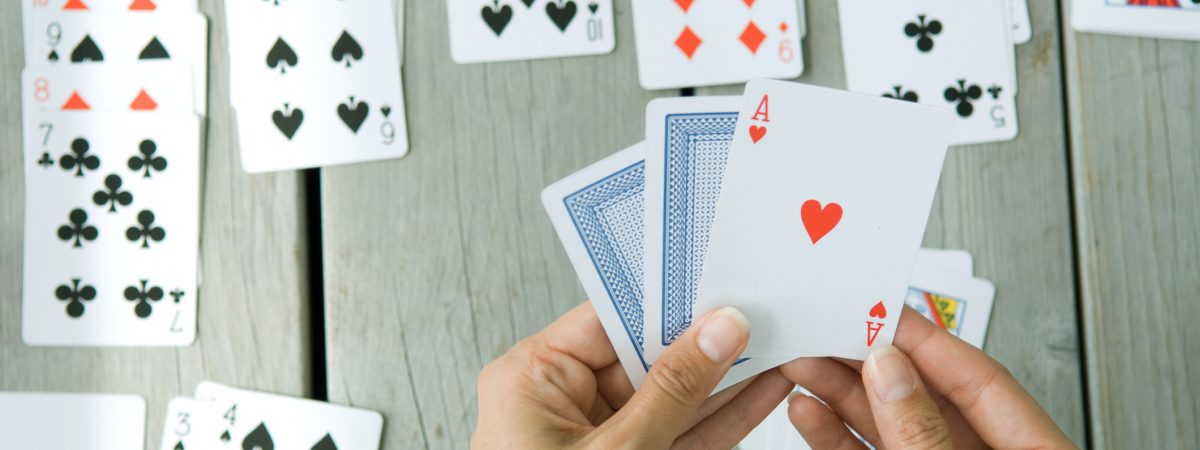FreeCell, the strategic Solitaire variant, stands out from its siblings as it employs a 52-card deck and it’s rare to find a deal that’s impossible to solve. From the start, all cards are dealt face-up, which gives it a distinctive flair.
A little history
Why the name ‘FreeCell’, you ask? Well, during gameplay, you have four free cells where you can park your cards temporarily. This concept isn’t new. One of the oldest games using this mechanic is ‘Eight Off’ – you guessed it – it had eight free cells.
Flashback to 1968, Martin Gardner introduced a variant of ‘Eight Off’ created by C.L. Baker in ‘Scientific American’. Now known as ‘Baker’s Game’, it differs from ‘Eight Off’ by offering only four free cells instead of eight. This little change brought an added layer of complexity and excitement to the game. Baker’s game caught the attention of med student Paul Alfille, who decided to tweak the rules a bit. According to Baker’s rules, you can only stack cards of the same color in descending order. However, Alfille changed it to alternating colors in descending order, making almost every deal solvable, though the challenge still remains. The game that emerged with this rule change is the FreeCell we know and love.
Alfille brought FreeCell to life on the PLATO computer system in 1978. Jim Horne furthered the game’s popularity by developing a DOS version and later a Windows version that made its debut in Microsoft Entertainment Pack 2 in 1992.
Getting the hang of FreeCell
The game layout has three areas: the free cells at the top left, each capable of holding one card; the foundation on the right where all cards are played in color-sorted, ascending order (Ace to King); and the tableau at the bottom where all 52 cards are dealt face-up across eight columns.
Moving cards around: you can shuffle cards between the eight columns of the tableau. A card can be moved to another column if the destination card has a different color and is one rank higher. You can also shift cards to a free cell for later use.
Cards can be moved from a free cell or tableau to the foundation, either starting a foundation pile with an ace, or a card one rank higher than the top card of a foundation pile. For example, if there’s a 5 of hearts on the hearts foundation, you can place a 6 of hearts on top.
Typically, you move one card at a time. But, in certain situations, you can move an ordered sequence of more than one card to another stack or empty column as a single move. The game is won when all the cards are moved from the tableau to the foundation.
Eager to give it a go? Visit FreeCellOnline.com, a free hub offering a variety of FreeCell games that you can play right in your browser. The site is also a goldmine of FreeCell trivia and information.




